| |
|
|
Botanical Name |
: |
Hordeum vulgare L. |
English
Name |
: |
Barley |
Synonym(s) |
: |
Hordeum sativum (Pers.), Hordeum hexastichon, Linn., Hordeum distichon, Linn., Hordeum zeocriton, Linn. |
Family |
: |
Poaceae |
| |
General Info
| Description |
 |
|
It is an annual plant that is widely cultivated as a food grain. It is stout, simple stem is hollow and jointed and grows from 11/2 to 3 feet high. The narrow, tapering leaves ascend the stem In two ranks, the third leaf over the first; and their bases form loose sheaths around the stem. The flowers grow in bristly-bearded terminal spikes, producing eventually the elliptic, furrowed barley grains. |
| Herb Effects |
 |
|
The shoots are diuretic. The seed sprouts are demulcent, expectorant, galactofuge, lenitive and stomachic. They are sometimes abortifacient; antiviral and antiprotozoal (50% EtOH plant extract). The seed is digestive, emollient, nutritive, febrifuge and stomachic. |
Chemistry
| Active Ingredients |
 |
|
Flavones (leaf and stem); proanthocyanidins and biflavonoids (seed extract); from 50% EtOH plant extract, ascorbic acid, caffeic acid, chlorogenic acid, choline, ferulic acid, folacin, (seed); beta-carotene, beta-sitosterol, coumarin, esculetin, esculin, herniarin, scopoletin, tryptophan, (plant); catechin (leaf), |
| Chemistry
of Active Ingredients |
 |
|
|
 |
Name |
CAS# |
IUPAC Name |
Formula |
Structure |
 |
|
| Ascorbic acid |
Not Available |
2-(1,2-dihydroxyethy
l)-4,5-dihydroxy-fur
an-3-one |
C6H8O6 |

|
| Caffeic acid |
Not Available |
3-(3,4-dihydroxyphen
yl)prop-2-enoic acid |
C9H8O4 |
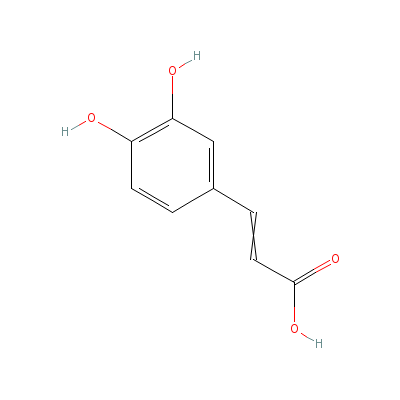
|
| Chlorogenic acid |
327-97-9 |
3-[3-(3,4-dihydroxyp
henyl)prop-2-enoylox
y]-1,4,5-trihydroxy-
cyclohexan
e-1-carb
oxylic acid |
C16H18O9 |
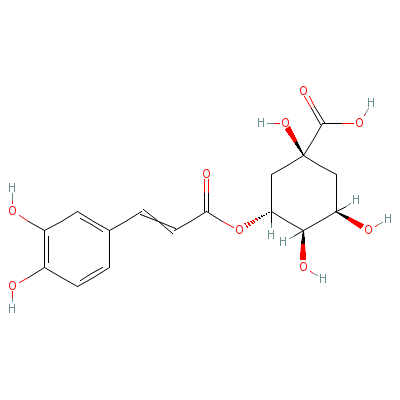
|
| Choline |
67-48-1 |
2-hydroxyethyl-trime
thyl-ammonium |
C5H14NO+ |
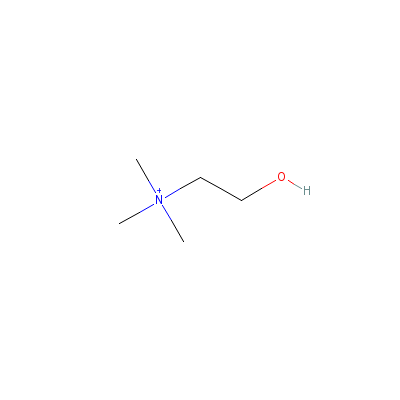
|
| Ferulic acid |
24276-84-4 |
3-(4-hydroxy-3-metho
xy-phenyl)prop-2-eno
ic acid |
C10H10O4 |
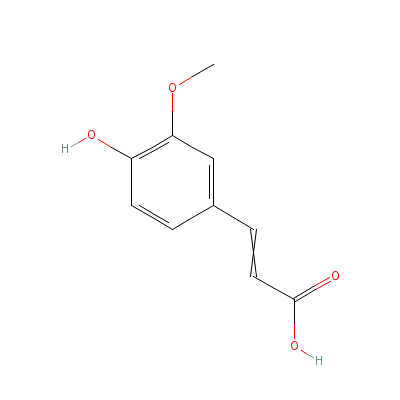
|
| Folacin |
6484-89-5 |
2-[4-[(2-amino-4-oxo
-1H-pteridin-6-yl)me
thylamino]benzoyl]am
inopentane
dioic
acid |
C19H19N7O6 |
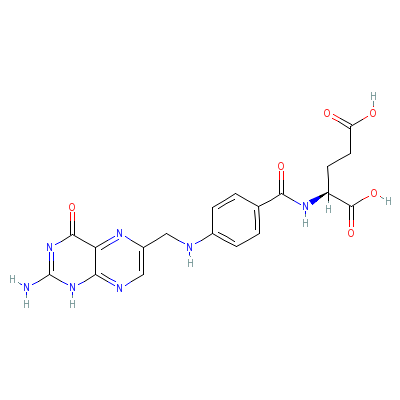
|
| beta-Carotene |
Not Available |
3,7,12,16-tetramethy
l-1,18-bis(2,6,6-tri
methyl-1-cyclohexeny
l)-octadec
a-1,3,5,
7,9,11,13,15,17-nona
ene |
C40H56 |

|
| beta-Sitosterol |
5779-62-4 |
17-(5-ethyl-6-methyl
-heptan-2-yl)-10,13-
dimethyl-2,3,4,7,8,9
,11,12,14,
15,16,17
-dodecahydro-1H-cycl
openta[a]phenanthren
-3-ol |
C29H50O |
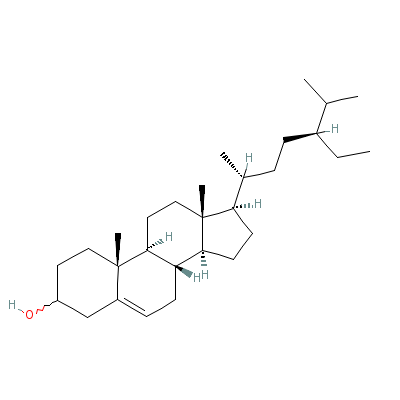
|
| Coumarin |
60094-90-8 |
6-(1,2-dihydroxy-3-m
ethyl-but-3-enyl)-7-
methoxy-chromen-2-on
e |
C15H16O5 |
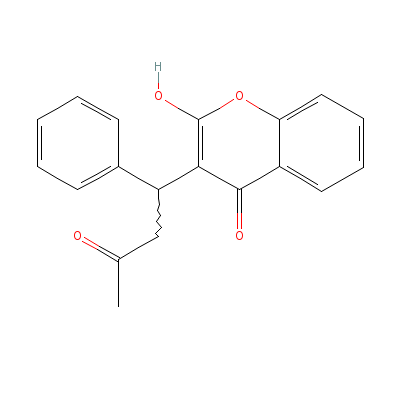
|
| Esculetin |
Not Available |
2,6-dihydroxychromen
-7-one |
C9H6O4 |

|
| Esculin |
97882-87-6 |
2-hydroxy-6-[3,4,5-t
rihydroxy-6-(hydroxy
methyl)oxan-2-yl]oxy
-chromen-7
-one |
C15H16O9 |
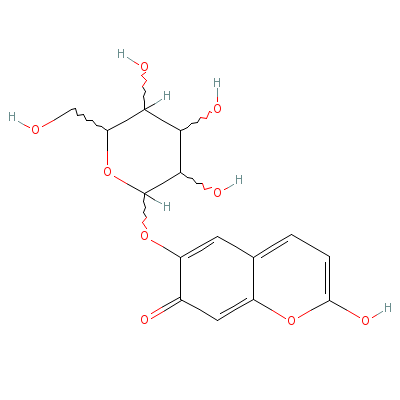
|
| Herniarin |
531-59-9 |
7-methoxychromen-2-o
ne |
C10H8O3 |
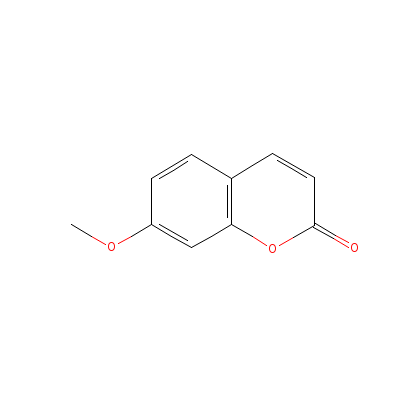
|
| Scopoletin |
92-61-5 |
2-hydroxy-6-methoxy-
chromen-7-one |
C10H8O4 |
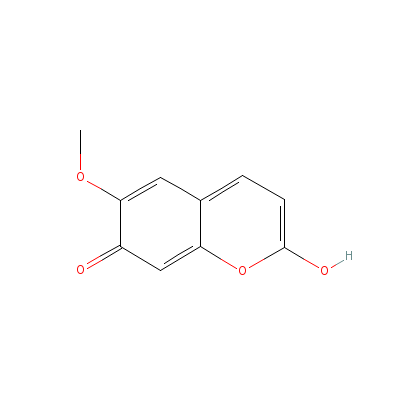
|
| Tryptophan |
80206-30-0 |
2-amino-3-(1H-indol-
3-yl)propanoic acid |
C11H12N2O2 |

|
| Catechin |
5323-80-8 |
2-(3,4-dihydroxyphen
yl)chroman-3,5,7-tri
ol |
C15H14O6 |

|
|
Pharmacology
| Medicinal Use |
 |
|
Cholera (plant); as an emollient for inflammations of the skin, a demulcent and in fever (seed decoction). They are used in the treatment of dyspepsia caused by cereals, infantile lacto-dyspepsia, regurgitation of milk and breast distension. It is taken internally as a nutritious food or as barley water and is of special use for babies and invalids, to reduce excessive lactation. Barley is also used as a poultice for burns and wounds. |
| Contraindication |
 |
|
This herb is contraindicated during lactation. |
| Reference |
 |
|
 Chandel et al., Biodiversity in Medicinal and Aromatic Plants in India. Chandel et al., Biodiversity in Medicinal and Aromatic Plants in India.
Bentley and Trimen, Medicinal Plants. |
Dealers
Products
|
|